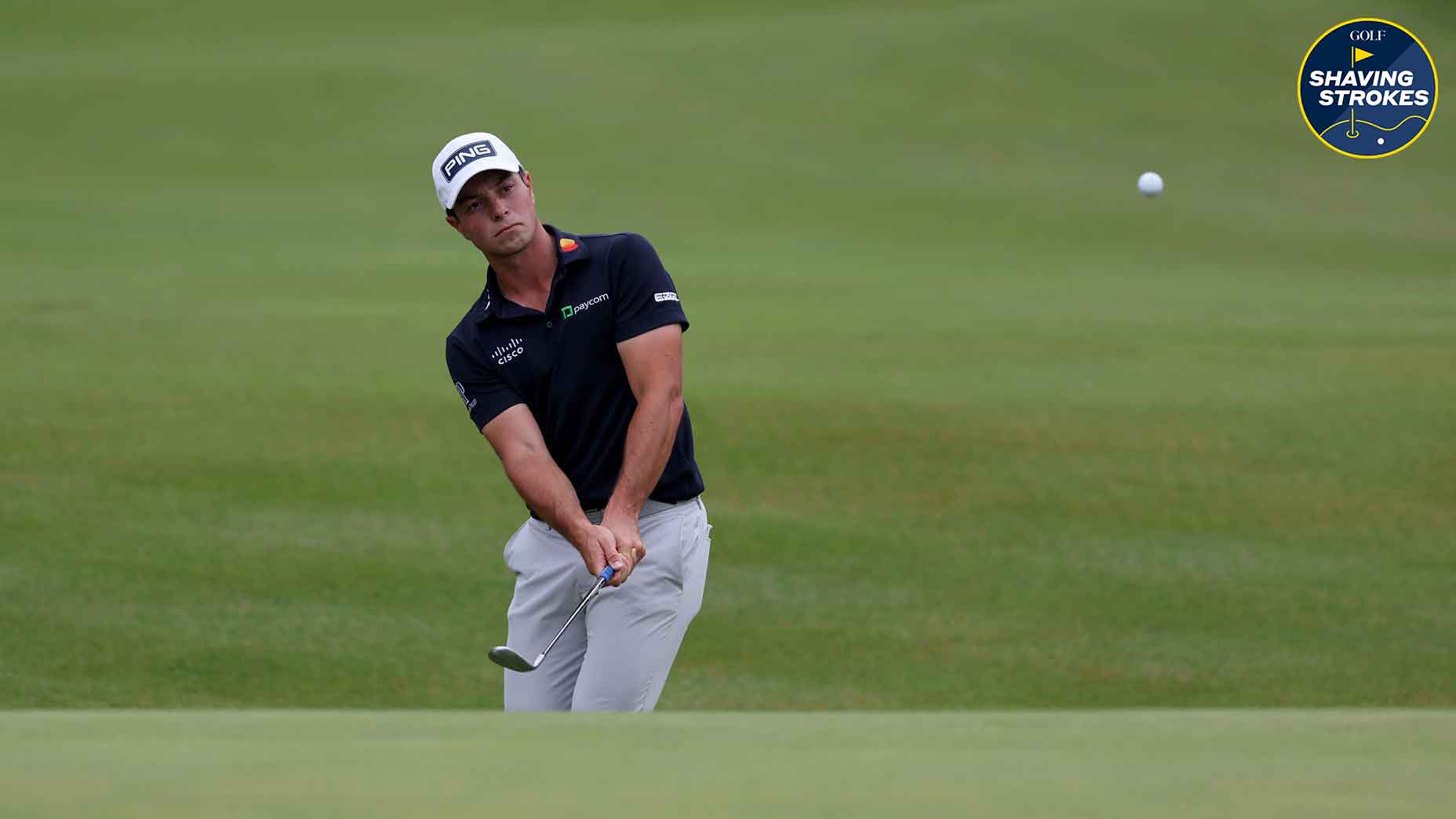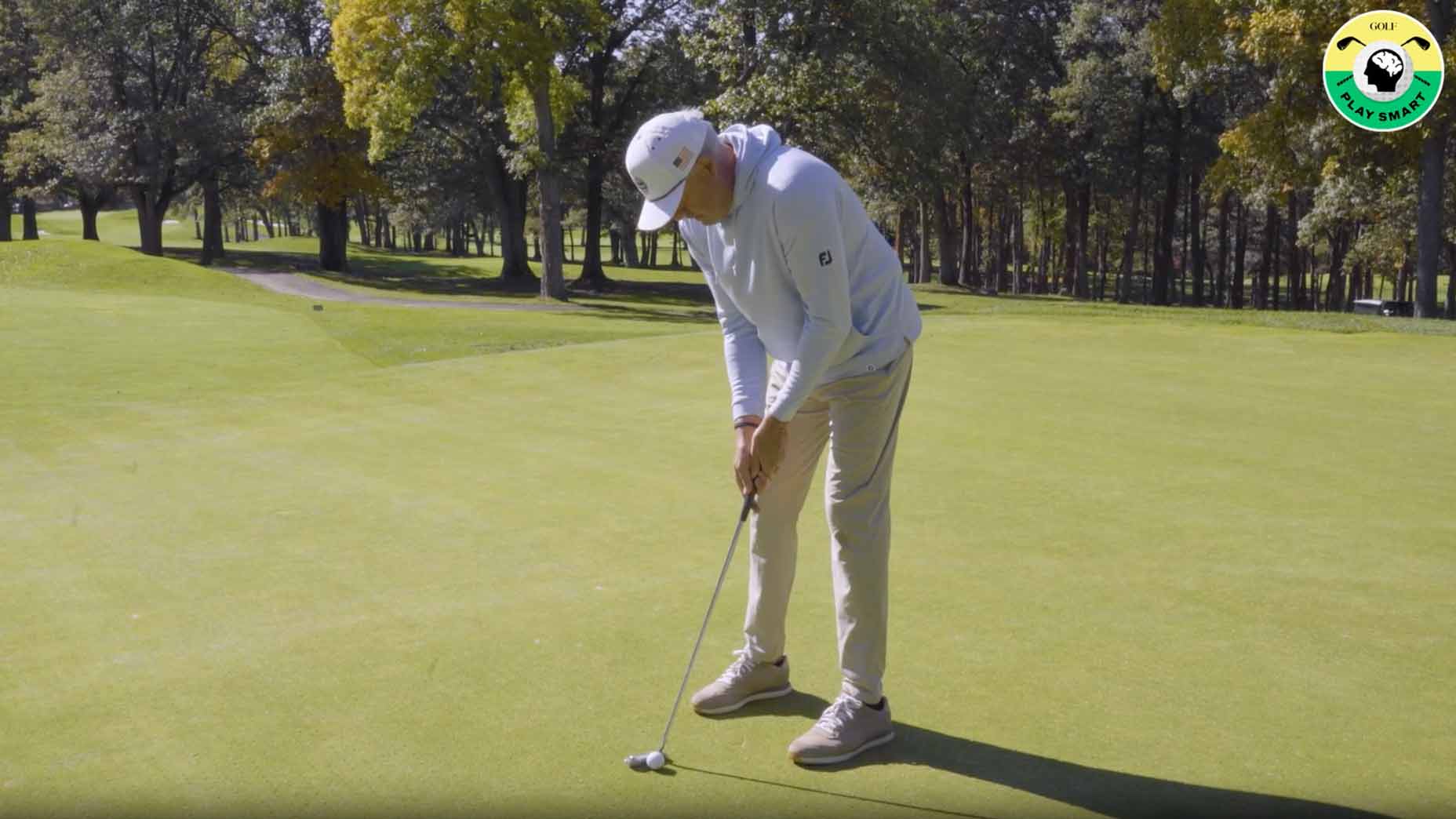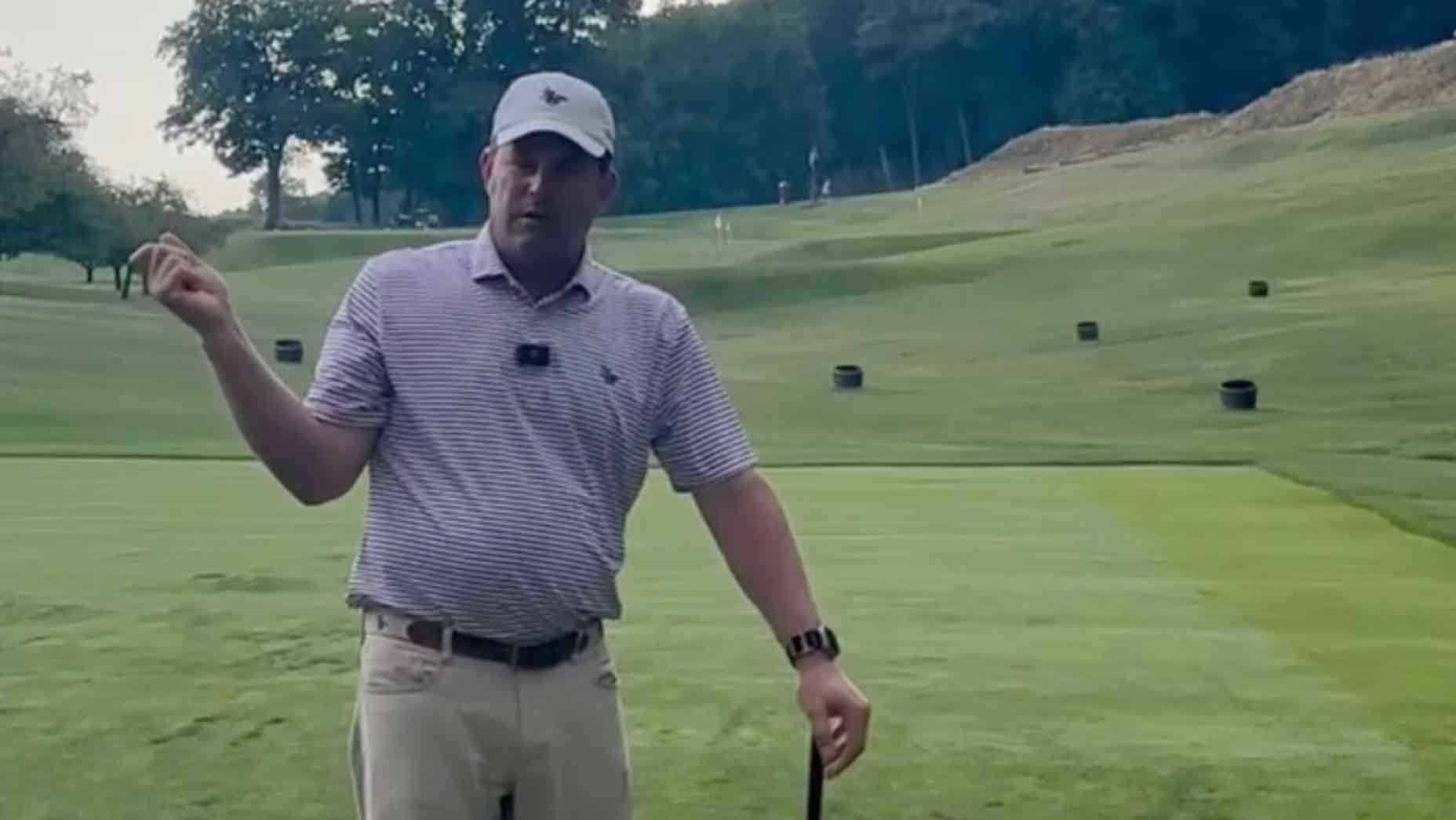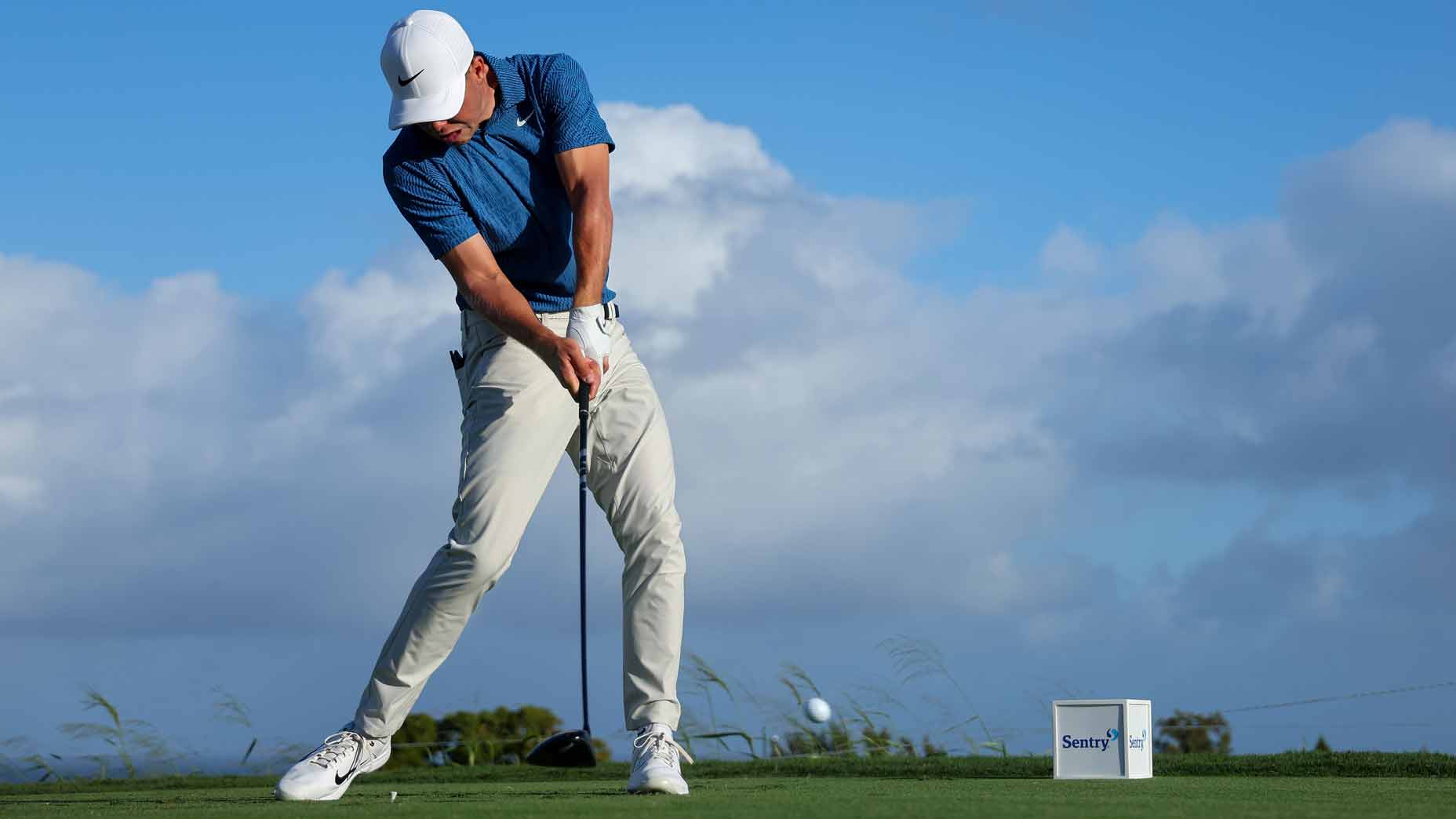 This power leak could be costing you tons of yards off the tee
This power leak could be costing you tons of yards off the tee
What’s the difference between a flat and upright backswing (and why does it matter)?
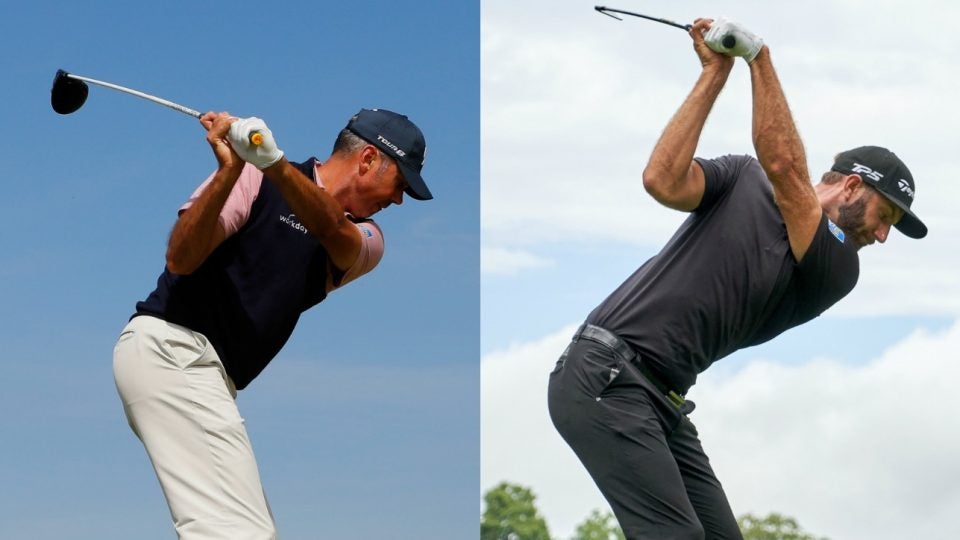
Editor’s Note: Baden Schaff has been a PGA teaching professional for 17 years and is the co-founder of Skillest, a digital platform that connects golf students with golf coaches across the world for online lessons. To learn more about Skillest and to book a lesson of your own with Baden, head over to Skillest.com or download the app in the app store.
If you haven’t been listening to the Golf.com podcast, “The Drop Zone”, you’re missing some amazing conversations. Recently I was listening to Sean Zak and Dylan Dethier interview Brandel Chamblee at the GOLF Top 100 Summit.
At one stage during the conversation he discussed his belief that upright swings have always dominated flat swings. An upright backswing, for those who may be unfamiliar, is a golf swing where the arms tend to work more vertically up and down. A flatter backswing swing, by contrast, is when the arms work more around a golfer’s body. Notice below how in Dustin Johnson’s upright backswing, his left arm is more towards the sky, while in Kuchar’s flatter backswing, his left arm is more across his chest.
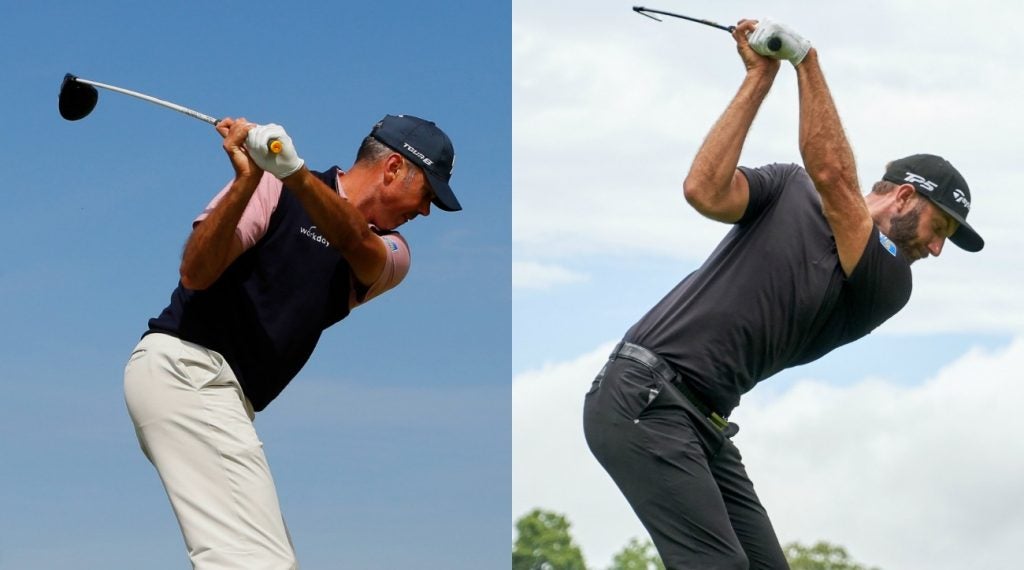
ADVERTISEMENT
Endorsing an upright swing is an idea that seems counter to the modern obsession with being shallow on the downswing. A shallow downswing is, in its simplest terms, when your arms work more around your body, similar to how they move if you have a flatter backswing. It’s why it’s pretty common for players with a flat backswing to also have a shallow downswing.
But how, then, can a golf swing be both upright and shallow? It’s hard to wrap your head around, but let try to explain.
With an upright backswing, it’s important to understand that it’s your arms that are moving vertically. One of the biggest mistakes that I see from students is that they believe that if they are going to get “on plane” their arms need to travel flat around and behind their. This is absolutely not the case.
With the correct sequencing on the downswing, as you begin to unwind and shift your weight, golfers’ arms will naturally drop slightly behind your body. If you try taking your arms more around you too early in the backswing in an attempt to get “on plane,” your arms will end up too far behind your body by the time you get to impact.
Instead, concentrate on getting your arm direction working more up and down on the backswing. Combine that with the correct sequencing, then your arms will “flatten” or “shallow” slightly to begin the downswing, and your club will be in an effective spot coming into impact.
I am a huge Ben Hogan fan but I would say of all of the imagery he created for his very famous book, it is the image of the pane of glass that we can all do without. Let your arms work up and down and let your body turn take the club around. Allow the direction of turn to take it there, and you will be amazed at how far the club goes around without you even trying.
To learn more about Skillest and to book a lesson of your own, head over to Skillest.com or download the app in the app store
To receive GOLF’s all-new newsletters, subscribe for free here.
ADVERTISEMENT


